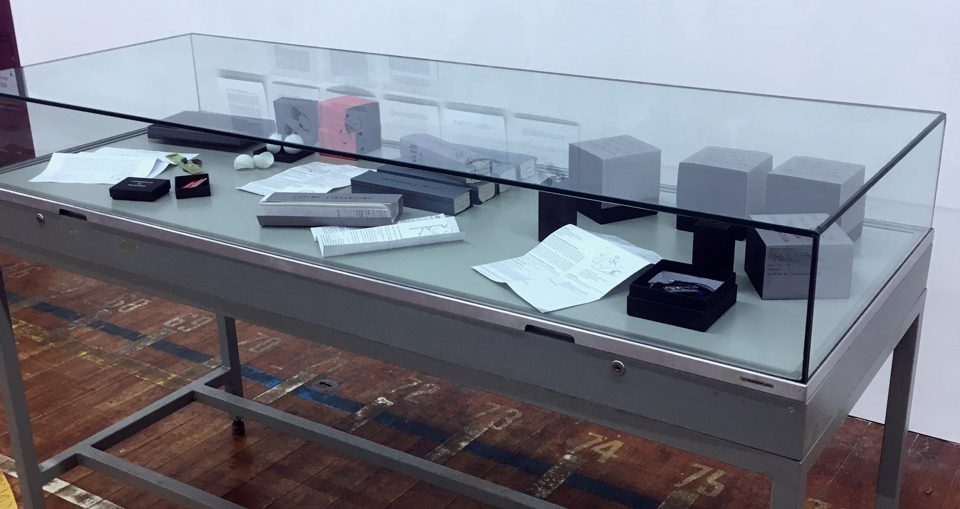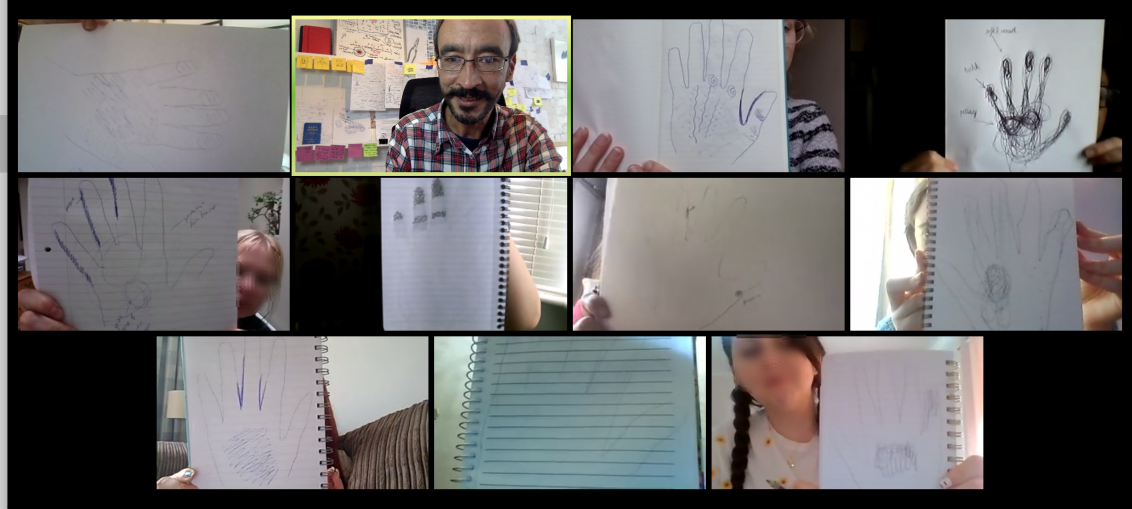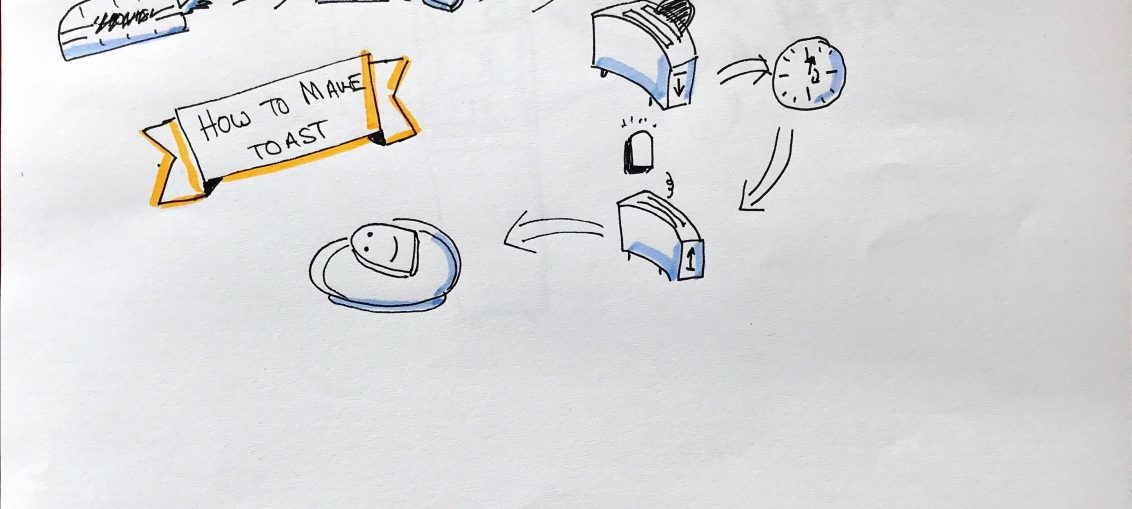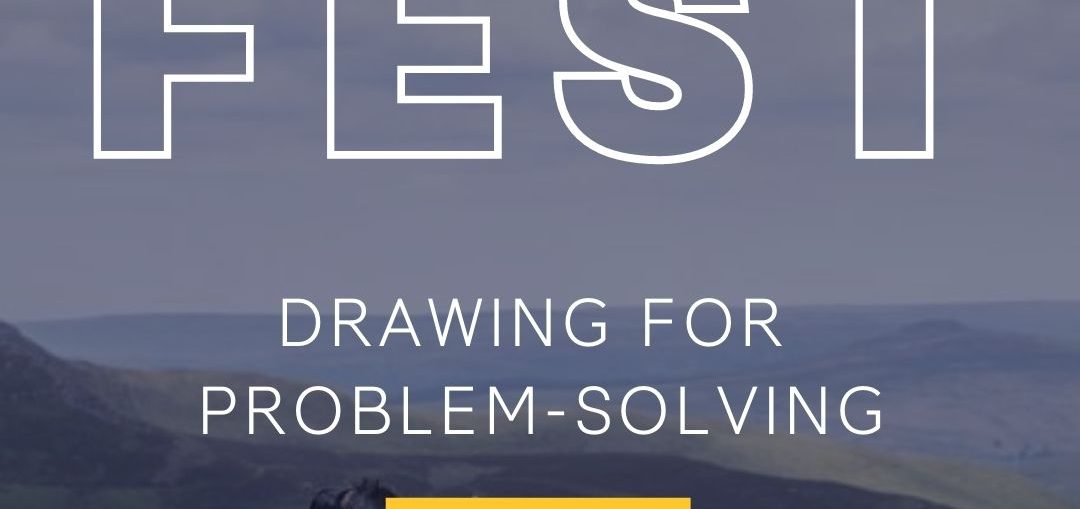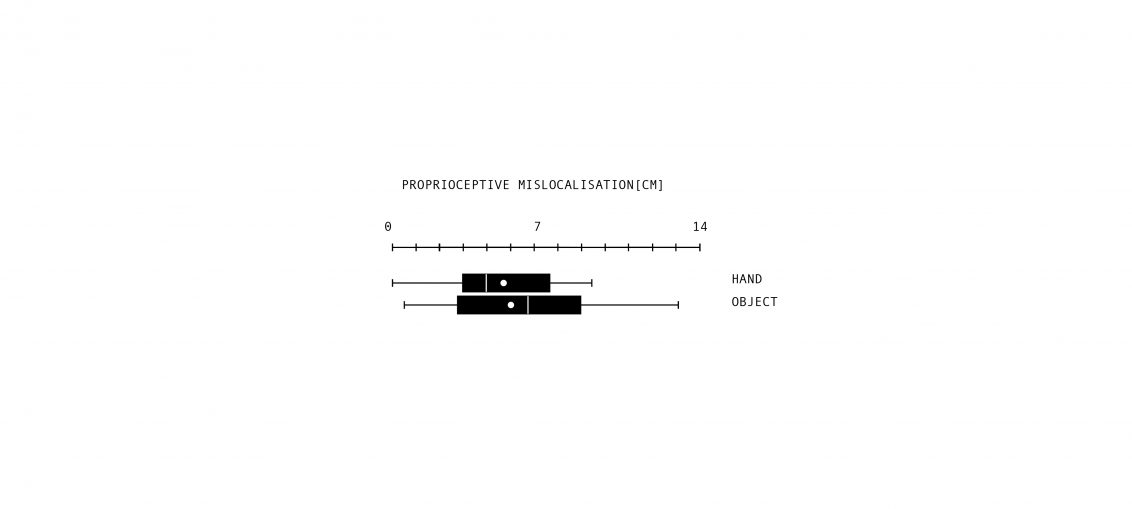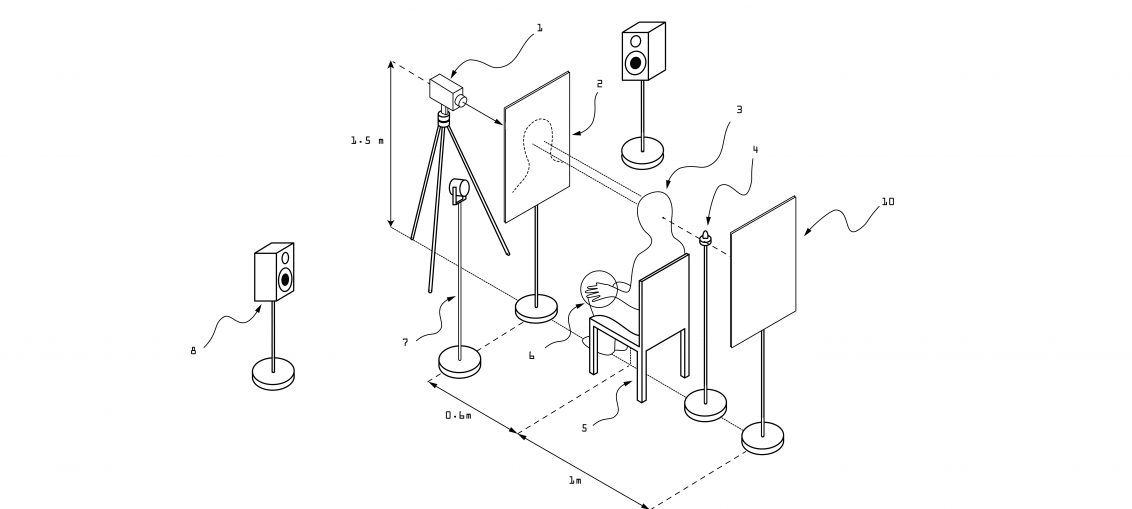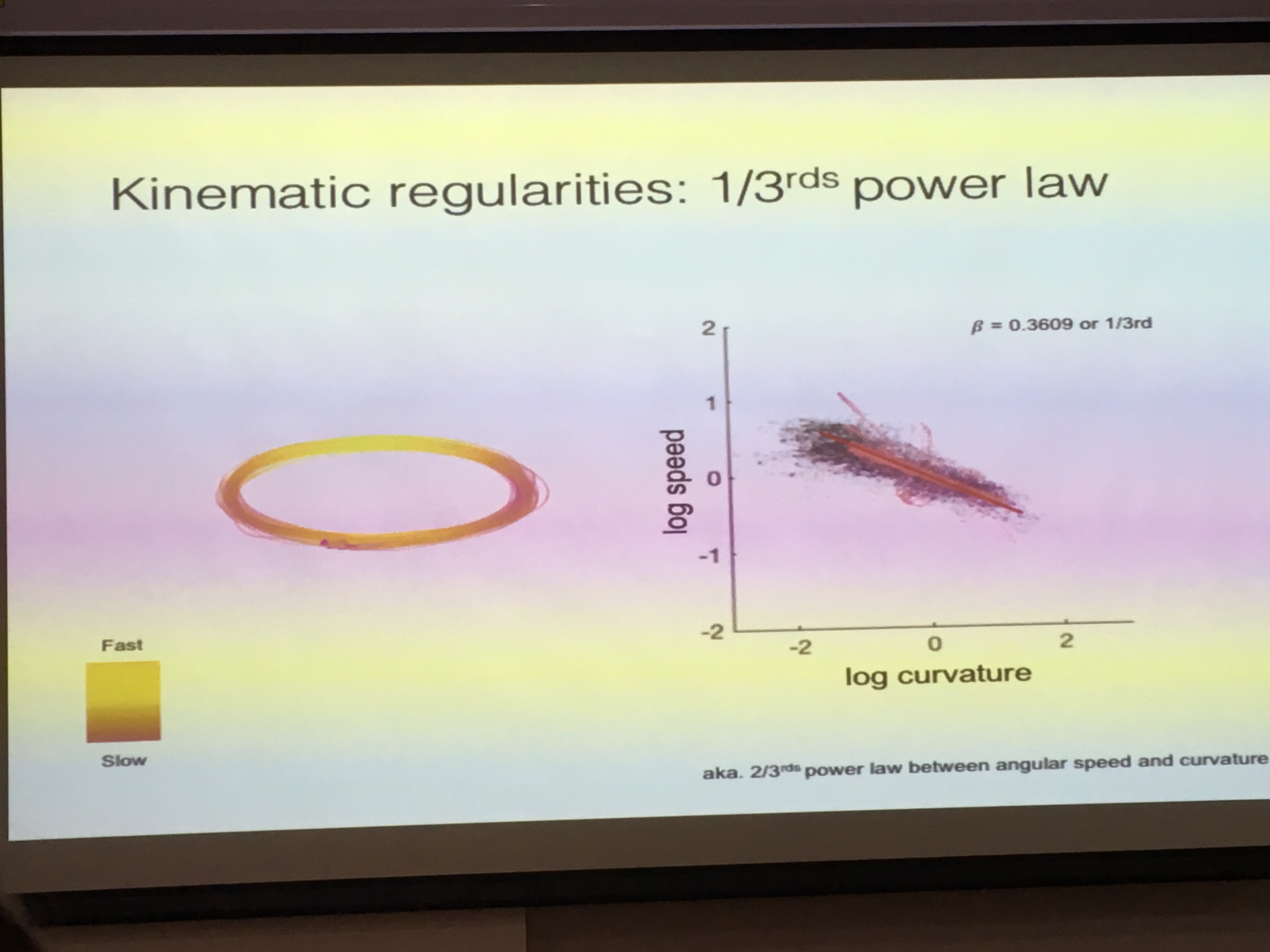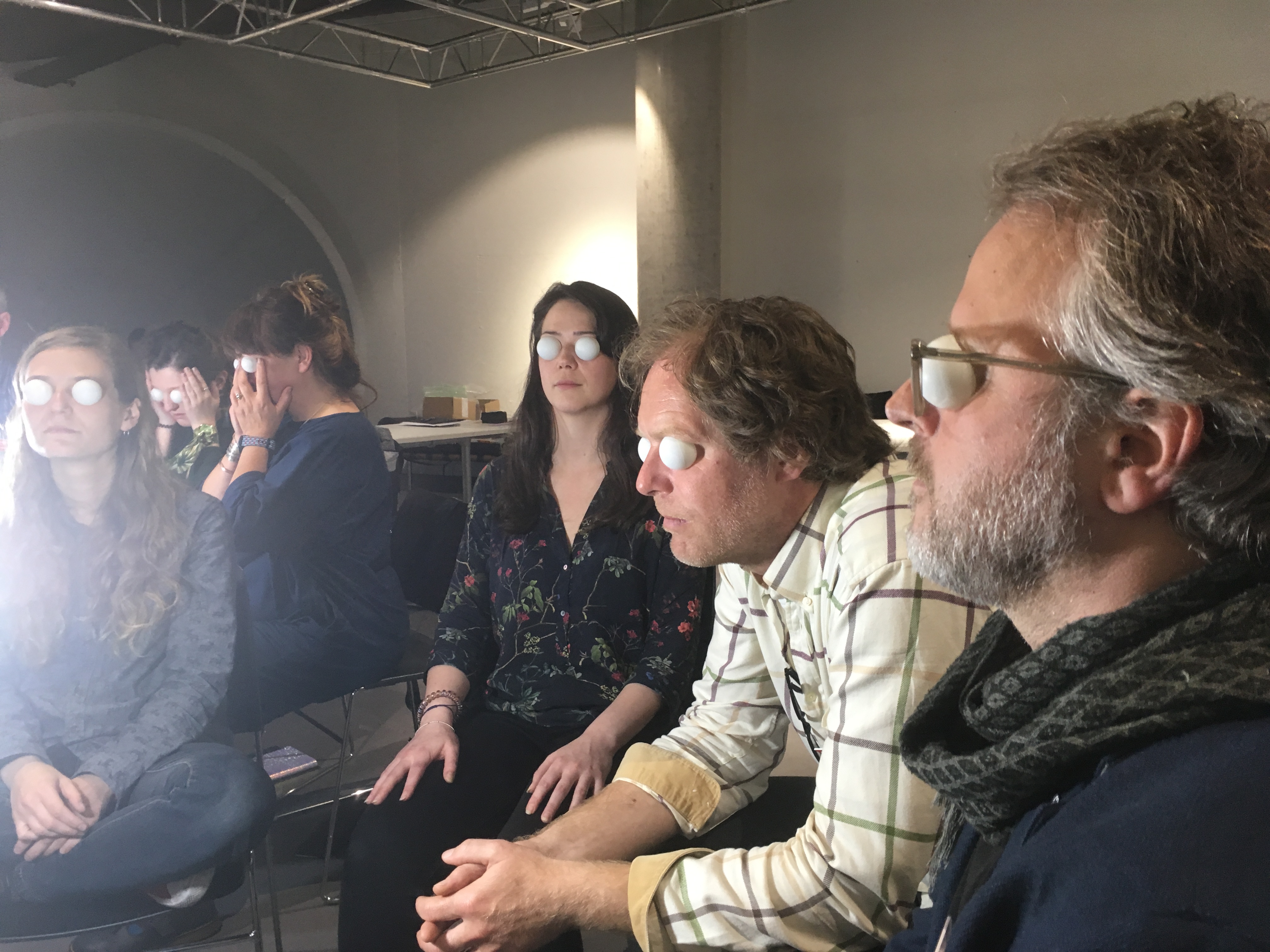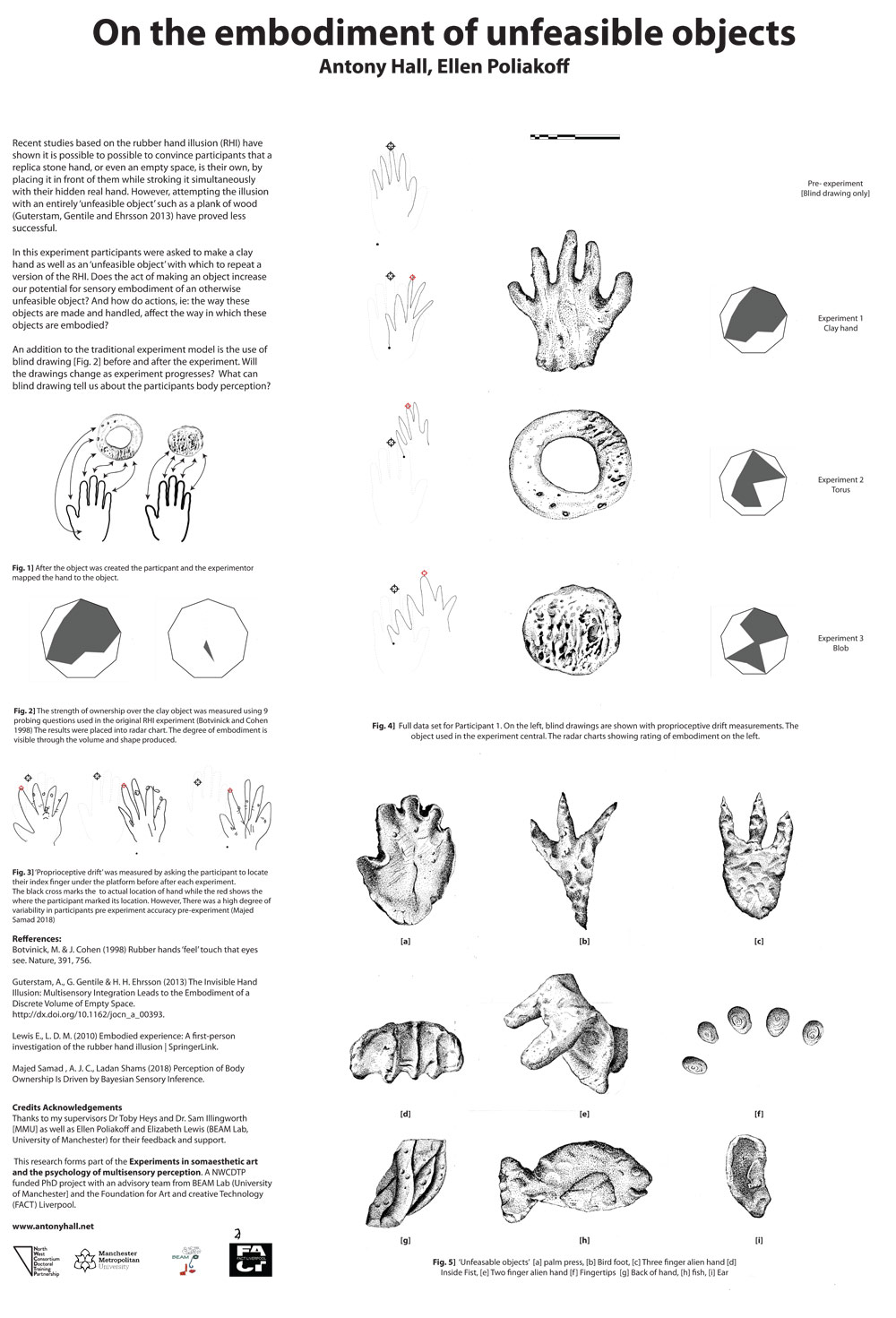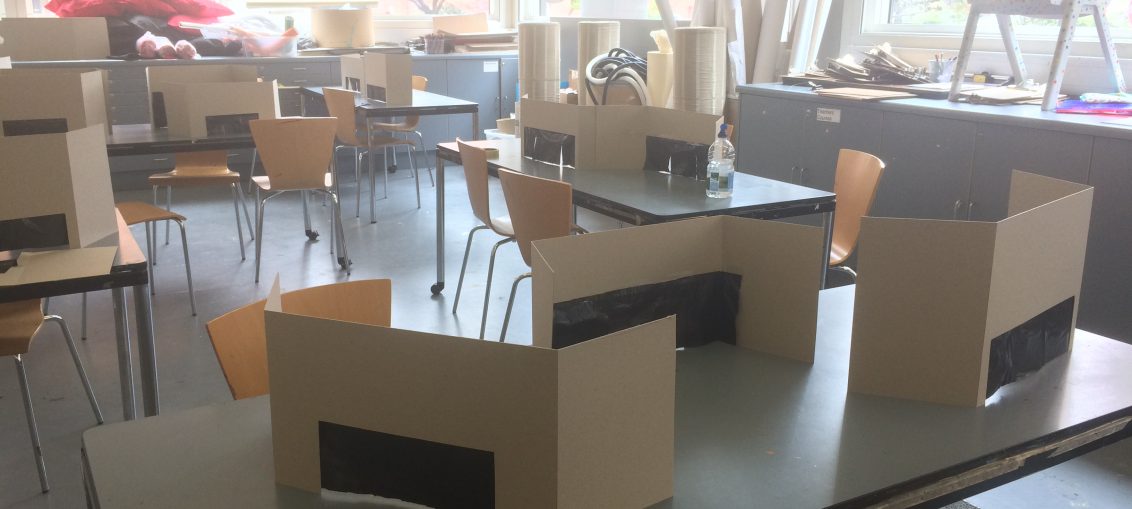para-lab Perception Group: Antony Hall and Ellen Poliakoff.The perception group explore the creative possibilities of re-creating experimental psychology within the context of an expanded [collaborative and interdisciplinary] art practice. The group work with aspects of sensory deprivation and multisensory illusion ( the clay hand illusion, ganzfeld and strange face illusion) which combine touch sound and visual elements. Artefacts include outcomes from the 'Experiments in art and perceptual illusion project' a PhD project by Antony Hall based on collaborative work with experimental psychologist Ellen Poliakoff. The exhibit consisted of workshop editions resources, instructions, diagrams and a collaborative research paper co-authored by Hall and Poliakoff [More information on para-lab report 2021 here...].
Tag: drawing
Experiment 8
Drawing of experimental apparatus. Participatory work. As yet unrealised. OLFACTION EXP. 8 / A0 drawing 2020 OLFACTION EXP. 8 / A0 drawing 2020
Reactor model
Reactor model for collaborative practice / Work in progress 2020 / Drawing 2020
Drawing for problem-solving BEAM Lab UoM
It was interesting to do this workshop on drawing with a group of scientists especially a group of experimental psychologists. Many of the activities in the workshop are used in this field. These can be thought of as an alternative to the questionnaire - a form of visual assessment. The draw a person test is a classic example - but there are many more contemporary examples. Feedback from this workshop has resulted in an idea for another workshop 'Drawing everyday objects and thoughts' As there seems to be a need for a workshop to help people so get more confidence in drawing as a prerequisite to this workshop.
Drawing for problem-solving Bruntwood SciTech
[Above participants drawing of how to make toast] This was the first of the ‘Drawing for problem-solving’ workshops which took place as part of the Bruntwood SciTech's Reconnect Festival. It draws together a number of experiments from both science and art. that I use in my own work for research and as a perceptual tool. Thanks to all those who took part!
Drawing for problem-solving
Catastrophe theory
This diagram [a work in progress based on Fazey and Hardy, 1988] shows how sudden shifts in behaviour can arise from small changes in circumstances [See Rene Thom - catastrophe theory]. It is used here to explain the process of how increasing cognitive and somatic anxiety might lead to feelings of depersonalisation numbness or panic attacks. Since these often result from small changes. Could this model be used to explain the experiences of hallucination and perceptual illusion? Some links here to how this is used in sport science - in relation to somatic and cognitive anxiety/ https://www.youtube.com/watch?v=XSSpOfPoIf4 Theory of Catastrophes http://users.fs.cvut.cz/ivo.bukovsky/SBS/en/Catastrophes/Catastrophes1.html
Measuring Anomalous experience.
Questionnaire results
Schematic for mirror gaze experiment
Sum Total Of All The Actions 3
‘Body up’: Current trends and future directions in embodiment and social interaction
Perspectives from neuroscience, clinical & experimental social psychology and new technologies Notes from the Body up Conference UoM 13th June 2019 https://bodyupmanchester.wixsite.com/uomconference Our behaviour and self-perception effect the way in which we see others. We read others body language in order to make judgements on their thoughts and feelings. New research suggests Autistic individuals move their bodies differently, and that in a way, are speaking a different body language. Understanding this helps explain why they have difficulties reading our intentions and emotions. Jennifer Cooks research on movement kinematics showed how gait point models, captured through motion capture, could convey different emotions through their walking style. For example, most people can notice someone one walking style as ‘angry' or ‘sad’. However - the
[Re]Mapping perception
Documentation from the [Re]Mapping perception workshop at LJMU 2 May 2019 Here is the original invitation... A workshop for artists/researchers engaging in a wide range of practice-based and artistic research methodologies. It aims to explore interdisciplinary methods through a series of provocations in embodied multisensory experience, designed to enhance our perception and self-awareness. The workshop provides an open space for participants from different fields to meet, communicate findings, share paradigms, and explore the value of sensory perception and awareness in our research. It also offers an opportunity to meet Madeline Schwartzman and gain insight into the works discussed in her new book See Yourself X: Human Futures Expanded. Her public lecture follows the workshop [ Places can be booked here https://www.eventbrite.com/o/antony-hall-19862154602 ] [Re]Action Lab is an
“On the embodiment of a discrete volume of empty space”
As I mentioned before [Illusions of Invisible, alien hands, 3 arms, and shrinking bodies…] The Invisible Hand Illusion is a version of the Rubber hand illusion which uses no fake rubber hand at all. Instead, the participant focuses on an empty space in place of their hand. Sometimes a handless stump, and as a control, a wooden plank. they found that participants could embody a ‘Discrete Volume of Empty Space’. This interests me as it fits with a number of works which challenge the physicality of the art object, instead, I have presented amorphous forms of bubbling materials or even a plinth which automatically concealed the object. The idea of making an automated system to generate the illusion of an invisible hand seems the next step for my research.
Poster – BRnet Conference 2018
Drawing the unfeasible objects
I chose to draw each clay object created for the unfeasible objects experiments. Why? The photographs don't seem to do justice to the significance of the object, its purpose and the process its undergone. Both with my self and the participant. They say drawing itself is a form of embodiment. "In the gesture of a drawing, there abides the question of how human beings hold memory. A trace of the body, the projection of an emotion, a record of the experience of seeing are woven into the gestured mark, a kinetically vitalized inscription that can serve as a site of empathy and invitation as much as a line of mimetic description" Marking Time, Figuring Space: Gesture and the Embodied Moment. Sara Schneckloth The
Proprioceptive drift visualisation
[wpvideo VartTqKO ] My experiments show a strong ‘drift’ in the perceived location of the hand before and after the experiment. This is known as proprioceptive drift. I asked people to locate the position of their index finger under a platform before and after embodying a clay object. And also draw their hand without looking before and afterwards. This animation shows these superimposed, illustrating the drift away from the real location of the hand.
Spontaneous sensations
Possibly one of the simplest experiments possible to conduct, requiring no special equipment. Simply stare at your hand for 5 mins. The experiment is described in the paper “the tickly homunculus and the origins of spontaneous sensations arising on the hands" in which you focus on your hand while staring at it (convergent focusing) or divergent focusing (staring at red marker next to the hand you are focussing on) for just 10 seconds and report the sensations. Here are the outcomes superimposed from 8 participants. In this experiment, many of the bemused participants described a tingling where the hand made contact with the table. They were bemused because I did this experiment in the context of our methods and methodologies discussion group - where I was
Strange face illusion with two-way Mirror feedback
“… a quiet room dimly lit by a 25 W incandescent light. The lamp was placed on the floor behind the observer so that it was not visible either directly or in the mirror. A relatively large mirror (0.5 m60.5 m) was placed about 0.4 m in front of the observer. The luminance of the reflected face image within the mirror was about 0.2 cd mÿ2 and this level allowed detailed perception of fine face traits but attenuated colour perception…The task of the observer was to gaze at his/her reflected face within the mirror. Usually, after less than a minute, the observer began to perceive the strange-face illusion…” Giovanni B Caputo, Perception, 2010, volume 39, pages 1007 – 1008 2010
On the embodiment of unfeasible objects
Further to my last post detailing experiments relating to the embodiment of invisible and even third hands, here are some notes on my first 'Clay hand Illusion' experiments... The ‘Rubber hand illusion’ shows it is possible to convince participants that a rubber hand is their own by placing it in front of them while stroking it in the same way as their hidden real hand. The use of self-made clay hands, or objects [see below] in place of the rubber hand raises several interesting possibilities for exploration, which move away from the embodiment of replica body parts, and towards the possible embodiment of modified body parts, or completely 'unfeasible' objects.The clay allows for the gradual and immediate morphing of forms and for the
Blind drawing of hand
Blind drawing of hand starting from the left and using a continuous line, before and after experiments. Could this exercise be used as a measure of "proprioceptive drift" before and after 'Rubber hand illusion' type experiments? I will be exploring this idea soon with the research group at BEAM lab...
Clay hand drawings
Here are are a selection of drawn outlines of clay hands created by workshop participants aged 6 to 12 for the original clay hand experiment (see posts tagged rubber hand or clay hand) Participants of all ages were asked to create a hand and use it in place of a replica rubber hand, the idea was to test if a self-created hand was easier to connect with. The hands were then taken and worked on further, sometimes becoming more distorted and abstract.
Drawing a strange face in the dark
Shortly after my experience of the "Strange face in the mirror experiment" I made these drawings in low light conditions as a way of recording the perceivable elements of my face and shape of the head. The particles of carbon and graphite reflect well the visual noise, like static, one experiences in the experiment. These drawings don't illustrate the hallucinations I experienced [these will follow] "staring at one's own reflection in a mirror in a darkened room for some time can induce vivid hallucinations. For purposes of research, I had to try it" My experience of the ‘strange face illusion’... For my description of my experience of the 'strange face', illusion see here... "staring at one's own reflection in a mirror in a darkened room for
Perceptual Portraits
The ‘Perceptual Portraits’ workshop took place alongside the ‘To be Human’ [1] exhibition at Manchester Art Gallery, and was open to the public over 4 weeks. After drawing portraits of each other, both with and with, without looking at the paper, participants sat face-to-face around tables and placed their hands through a curtain into a box. Inside they found a lump of clay with which they were instructed to sculpt a portrait of the person sitting opposite. The resultant sculptural portraits ranged from simple smooth finger pressed forms, to heads with grossly distorted facial features. Post-activity discussions took place on how the visual result related to the perceived imagined form that was created in their mind's eye. Typically, the features
Enki Diagram 2009
Enki Diagram 2009 / A0 Poster / 2009
